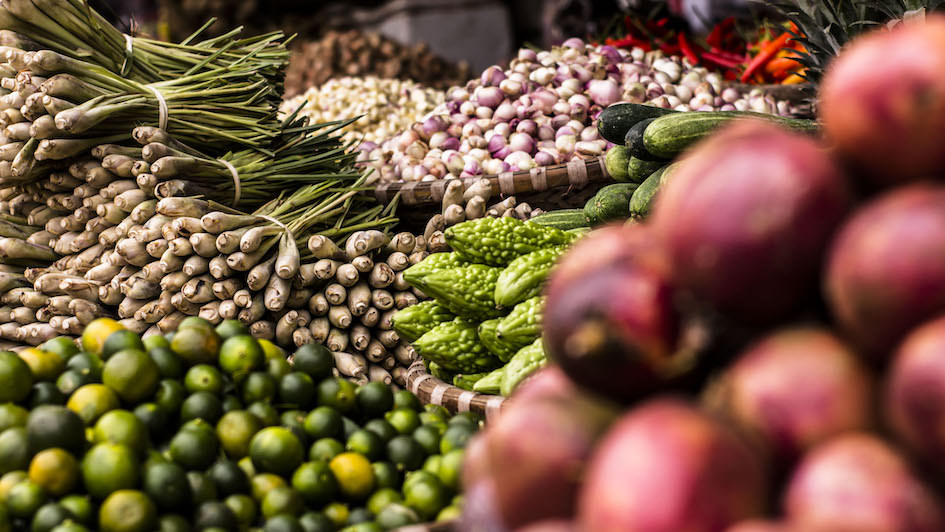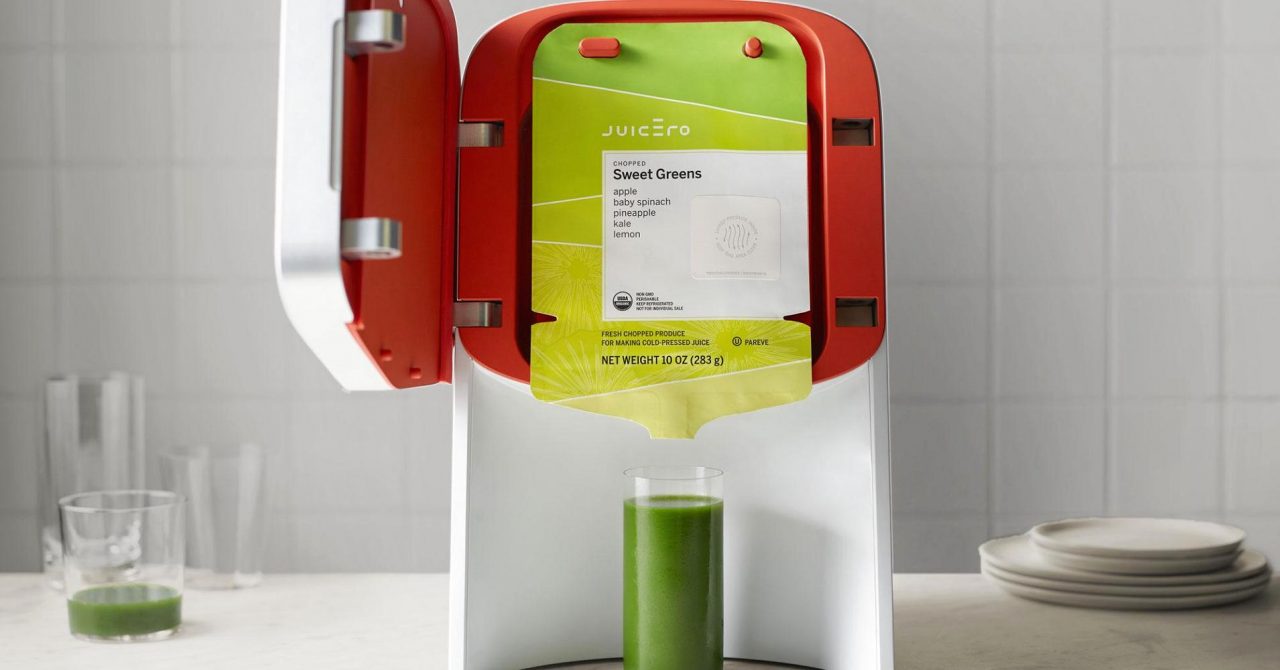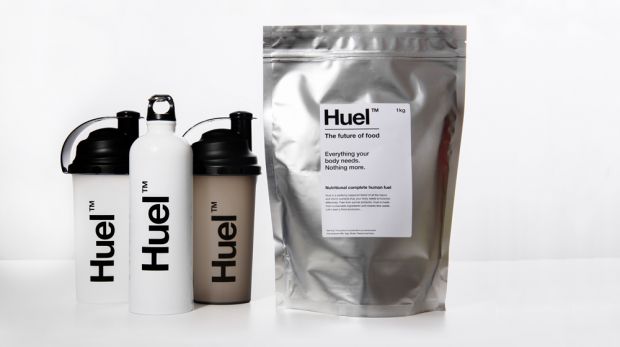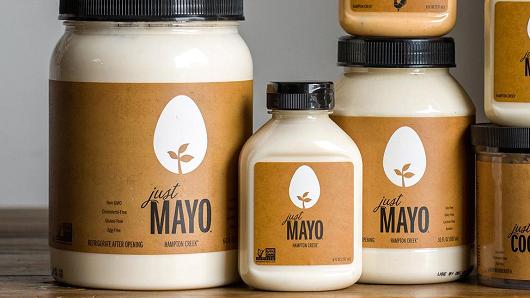
We live in the most diverse, abundant, and fascinating age of food and drink experiences that has ever been enjoyed, encouraged in recent years by our increasing foodie appetite. Today however, and as a result of a variety of cultural factors, the food service industry is now at a crucial tipping point.
Growing populations, wastage, dwindling resources, and production that is outdated or not commercially viable means that our future food demands are increasingly threatening to outweigh future resources. As a result, we are now looking to a new breed of experts, producers, and innovators to create the next generation of challenger brands, products, processes, and ingredients – with the opportunity to radically change the future of food as we know it, but this will be no mean feat.
We are already seeing arguably the most rapid and phenomenal food innovation of recent years coming out of Silicon Valley, with start-ups from the super juicer Juicero to Impossible Foods’ vegan plant burgers offering some of the optimum food fare of the future. These breakthrough advances in food creation underline the growing potential to evolve the future of our food in previously unimagined ways and, most importantly, improve both our health and nutrition and the sustainability of our resources through new knowledge and behaviour. So, as Silicon Valley increasingly invests heavily in its advances on the food and drink industry, tech-to-table may become the accepted food norm sooner than we think.

But this raises important questions: Is this really the way to solve a future food crisis? Should we be recreating current food favorites such as plant based burgers that “bleed”? Or should we be looking to develop new food formats in tune with evolving experimental tastes, dietary needs, and more plentiful resources? Above all, we really need to ask whether there might be a new form for food that is actually better suited to our modern lives – and whether these current “substitutes” even really make us feel hungry? And this could be where innovation and branding industries have a crucial role to play in working with both challenger and icon brands to shape the future of our food and its communication.
If we look at the new wave of nutrient dense drinkable super meals, such as Soylent and Huel, we can see how this issue is starting to come to the fore. Soylent, the pale, smoothie-like beverage, whose creators state that it meets all nutritional requirements of a balanced diet for the average adult, shows the stark reality of this reconstituted approach. Although the packaging is clean, contemporary, and factual, it is also clinical, cold, and does more to position the product as a modern version of the functional meal replacement drinks the unwell and undernourished rely on, rather than a truly desirable “food” proposition in line with other contemporary food brands. As much as we need and want new, exciting, and more convenient solutions, brands need to innovate wisely and meaningfully and remember that we are more driven than ever by the pleasure of food and eating with our eyes.

Other start-ups, however, are successfully whetting the appetite in every sense. Hampton Creek is one of the most notable and publicized with its engineering of a new plant species to create healthier foods that use less land. Within just 10 months of debuting in grocery stores, it’s Just Mayo – made of plant based, imitation egg products – became Whole Foods’s top-selling mayo brand. This was overtaken at the end of last year by its sales in Wal-Mart. The key to its success? The product offers a benefit but does not demand a compromise, both tasting and looking great while the brand’s design clearly states their offer in a simple infographic – but still recognizably foodie – style.
No one will deny that we need this level of progressive, if not radical, innovation – for the sake of producers and consumers alike – but this does raise probably the biggest question of all. Why are we letting Silicon Valley problem solve and wade in to remedy the food crisis rather than it being led by existing brands with the heritage, expertise, and knowledge that should take to drive innovation? Wherever the impetus for change comes from, as legislation wars continue between governments and corporations, food producers and multiples, new ground needs to be forged. The brands of the future – both challenger and icon – need to confidently shape their ideas and stake their claim alongside this tech takeover to drive food innovation and future-proof their own industries, creating new brands, products, and services that are in tune with these rapidly changing times.

As we create and craft a new generation of products, we need to adopt a challenger mindset to think about the true possibilities of the future form of food and how its shape, taste, and experience will answer the needs and high expectations of consumers of the future. And this is where brands need to realize the power of inspired creative thinking in making these new innovations desirable to ensure a successful future for their businesses.
Ultimately, it is only by successfully marrying radical food innovation and production, with unparalleled brand design and creativity, that we can create a real opportunity for a new generation of food and drink producers, brands, products, and services, and a truly tasty future for their increasingly educated consumers.